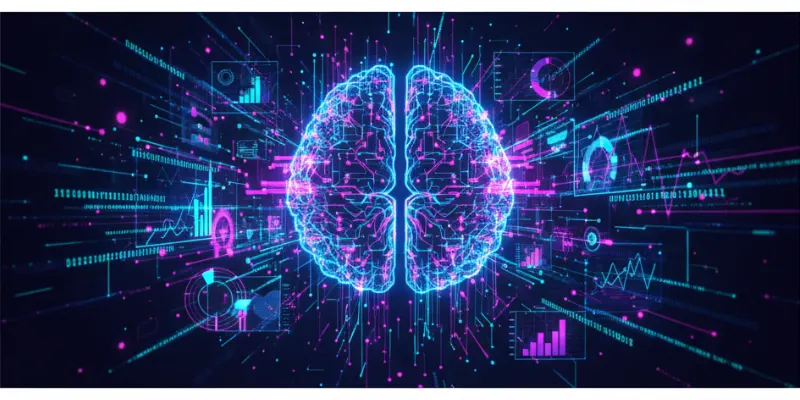Artificial Intelligence has emerged as a vital element of contemporary technology, revolutionizing sectors by revealing insights that may elude human observation. If you are looking to understand these concepts in depth, an Artificial Intelligence Course in Mumbai at FITA Academy can provide structured learning and hands-on experience. But how exactly do AI models learn patterns hidden in large sets of data? The process is both fascinating and systematic, relying on mathematical models, structured learning, and continuous improvement.
The Role of Data in AI Learning
Data is the foundation of every AI system. It provides the examples that an AI model uses to recognize patterns, make predictions, and improve its accuracy. For instance, if an AI is trained to recognize images of animals, it needs thousands of labeled pictures showing what each animal looks like. The more diverse and accurate the data, the better the model becomes at identifying patterns and generalizing what it learns to new situations.
Each piece of data contributes to the model’s understanding of relationships within the dataset. AI does not see images, text, or numbers the way humans do. Instead, it converts them into numerical representations that can be analyzed mathematically. Through this process, the model starts identifying trends, similarities, and structures hidden within the data. If you want to gain hands-on experience with these concepts, an AI Course in Kolkata is a great way to start.
The Learning Process: Training and Adjustment
When an AI model learns, it goes through a phase known as training. During this stage, the model is fed large amounts of data and begins making predictions or classifications. Each time it makes a prediction, it compares the result to the correct answer. If the forecast is inaccurate, the model modifies its internal settings to minimize errors in the future.
This process is repeated thousands or even millions of times. Gradually, the model learns which features of the data are most important. For example, a speech recognition system might learn to focus on specific sound frequencies that distinguish one word from another. Similarly, a financial forecasting model might identify subtle trends in market data that indicate potential growth or decline. To gain practical experience with such AI techniques, enrolling in AI Courses in Delhi can help you learn and apply these concepts effectively.
Recognizing Patterns through Weights and Features
Inside an AI model, particularly a neural network, there are layers of interconnected nodes. Each node assigns a certain weight to the input data, representing how important that piece of information is. During training, these weights are adjusted continuously to minimize mistakes. Over time, the network learns which combinations of inputs lead to the most accurate predictions.
This adjustment of weights allows AI models to discover hidden relationships that are not immediately visible to humans. It could be a specific pattern in customer behavior, a recurring medical signal in patient data, or a visual texture in an image.
Why Pattern Recognition Matters
The ability of AI to detect hidden patterns has enormous real-world applications. Companies utilize it to gain insights into customer preferences, healthcare organizations implement it to identify diseases at an earlier stage, and financial entities depend on it to spot fraudulent activities. The power of AI is rooted in its ability to analyze large volumes of data and reveal insights that lead to more informed decision-making.
AI models learn patterns hidden in data through a structured process of training, adjustment, and optimization. They rely on data quality, algorithm design, and continuous learning to improve accuracy. As artificial intelligence advances, its capacity to reveal more profound and significant patterns will increase, transforming it into an even more potent resource for innovation and exploration. To master these techniques, an Artificial Intelligence Course in Pune is a great place to start.
Also check: Top 5 AI Concepts Every Beginner Should Know

